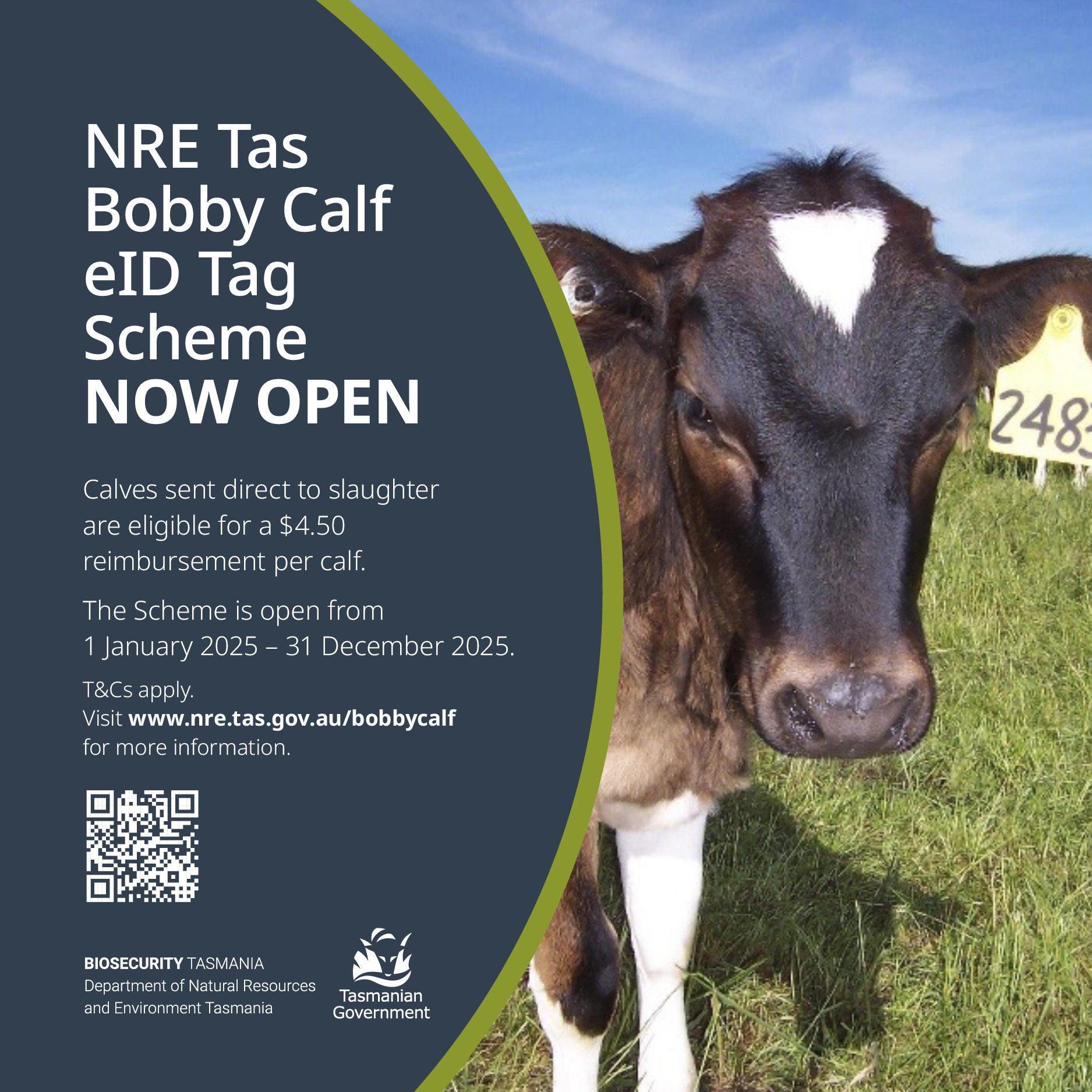Tassie research targets forgotten emissions: crops for net zero

A new project aimed at helping Tasmanian cropping and horticulture farmers reduce emissions has been launched.
The Net Zero Horticulture Demonstration farm project will get underway next year at the Forthside Research farm and was officially launched at a Tasmanian Institute of Agriculture field day last week.
The project will be headed up by TIA researcher Tory Clark.
Dr Clark said while there has been a lot of focus on reducing emissions in livestock production systems, horticulture also contributes about 14 per cent of the total emission produced by agriculture.
“This farm is really about showcasing how we can farm more sustainably and reduce emissions and make that economically viable for farmers,” she said.
Dr Clark said the project would focus on a number of different technologies and inputs that can be used to offset the traditional fertilisers that are responsible for a large amount of the emissions in horticulture.
The four-year project will use a traditional crop rotation with crops including potatoes.
“As part of some of the alternative inputs we’ll be looking at other crop rotation changes we can make,” Dr Clark said.
“So, things like introducing legumes that can biologically f ix nitrogen so you don’t have to fertilise them and they can add nitrogen back into the system.”
Dr Clark said in horticulture a lot of emissions come from the application of fertiliser including nitrogen, which produces nitrous oxide, a really potent greenhouse gas.
“So, when you apply fertiliser a lot of that goes into the plant and turns into protein which is what you harvest and that’s your product but it’s not 100 per cent efficient,” she said.
“The nitrogen that’s left in the soil can be washed out and cause nutrification and other environmental issues, but it can also be converted to nitrous oxide.
“So, one of our key targets is to try and reduce that conversion.”
Dr Clark said they will investigate a number of methods to try and reduce those emissions including using less fertiliser inputs and lower emission fertilisers as well as harnessing the power of some plants which can produce biological inhibitors to reduce the nitrification process.
“There are also really practical management things we can do like reducing tilling where you’re turning the soil over and releasing those gases out and also reducing the number of passes you go over in the tractor, too,” she said.
The project will include replicated trial plots across the research farm. In the third and fourth years Dr Clark said they would also take research from the research station out on to grower farms.
“So, we will support growers to do grower-led trails in their own farms,” she said.
“With the support of the TIA experts and what we’ve learnt from the research farm, it’s really an opportunity for growers to test things on their own farms in and evidenced and validated way.”
Dr Clark said they will also develop tools to help growers to estimate their emissions, track their inputs and also the costs.
“This needs to be a sustainable system economically as well,” she said.
“You can’t pour money in if you’re not going to get a return on that investment.
“So we’re really hoping the demonstration farm can be a pathway for growers to come and see how it is done here and then the opportunity for interested growers to take what we’ve learnt here and apply it on their on farms.”
She said projections had also shown that horticulture and cropping was at much higher risk of profit losses due to increasing emissions and climate change.
While livestock farmers have the ability to bring in feed if needed for their animals, she said a major weather event such as a severe frost can wipe out a cropping farmer’s whole crop.
“That’s’ why it’s really important in horticulture that we address this, because we are really at risk of it,” she said.




Add new comment